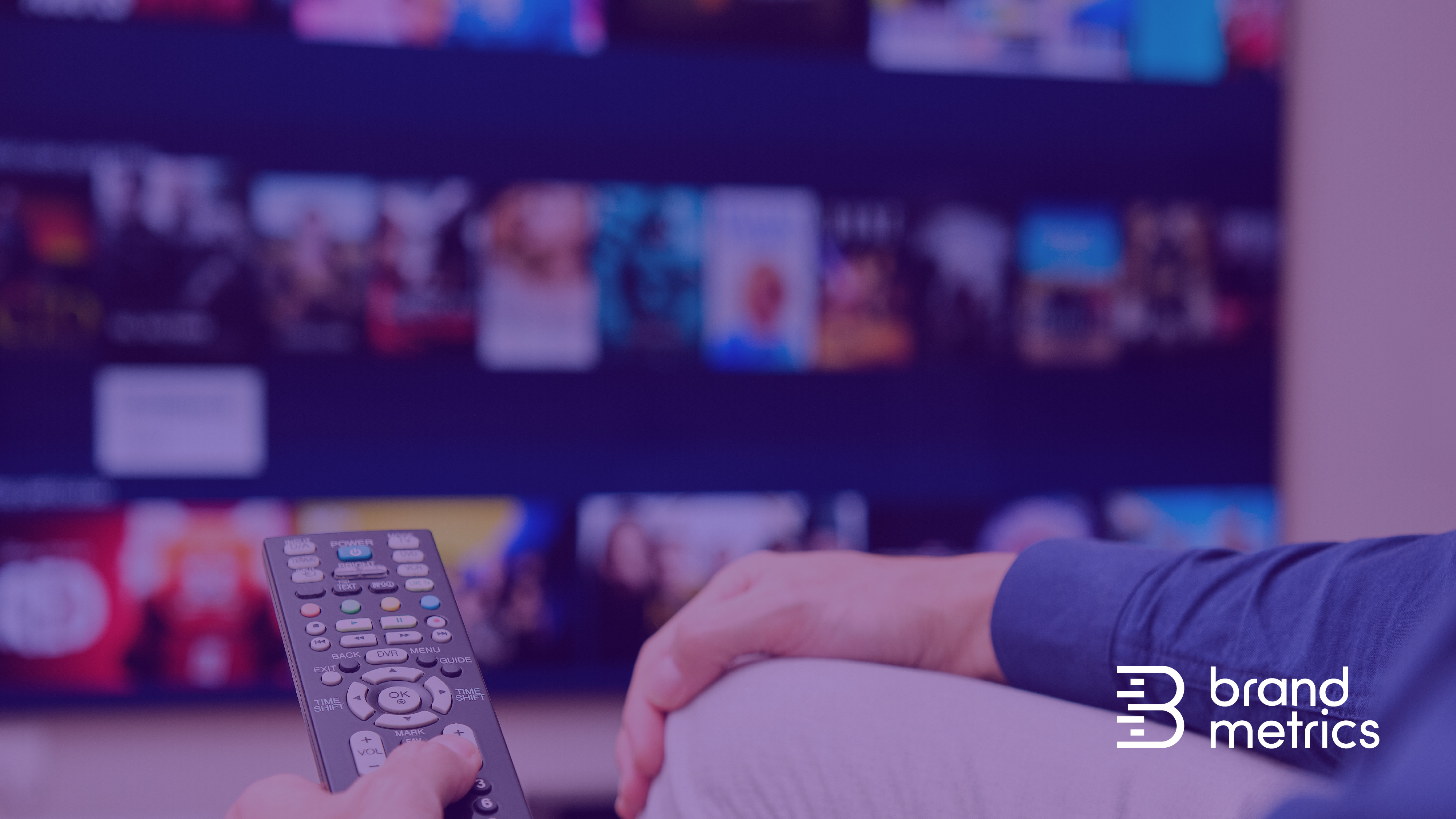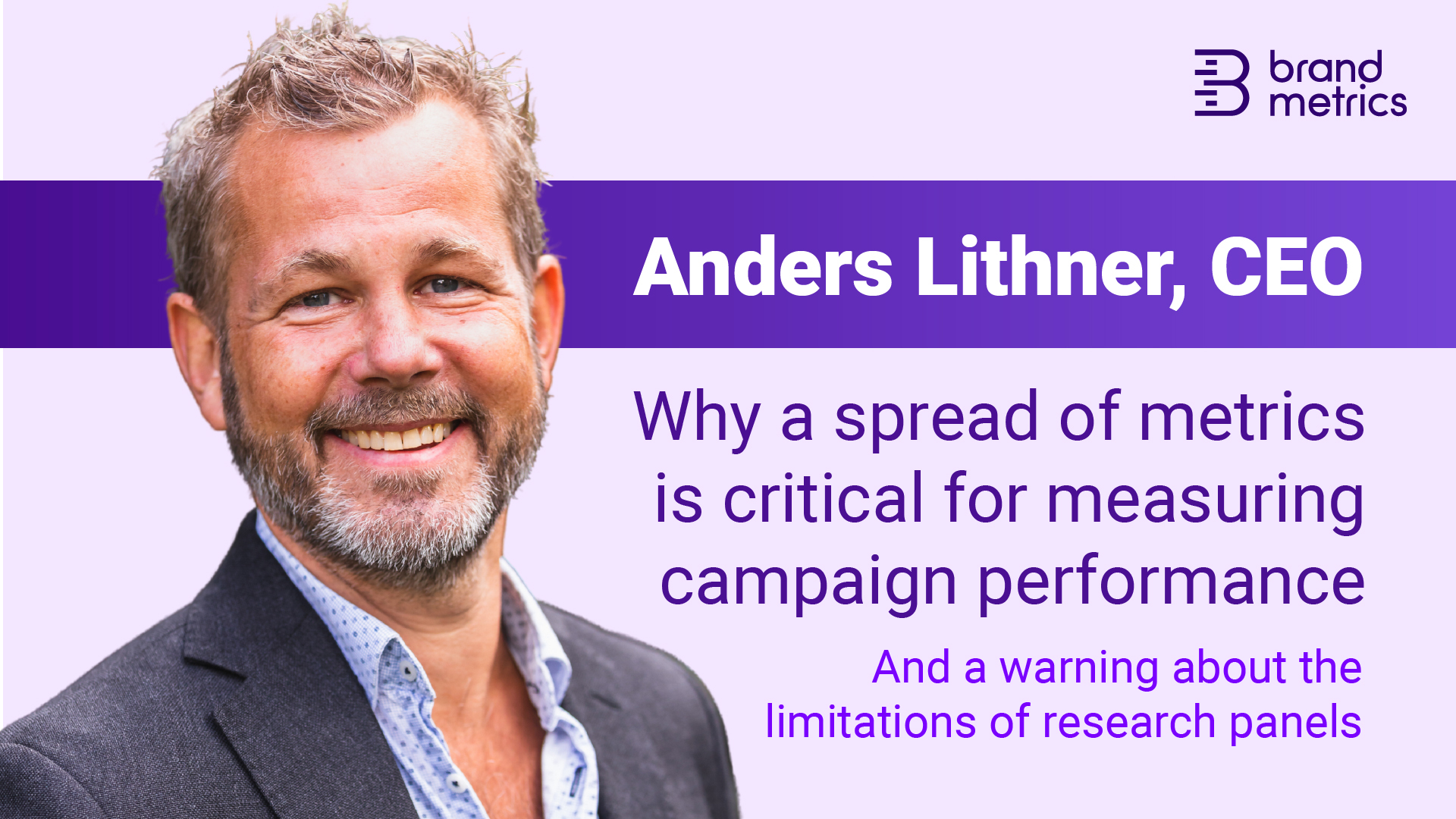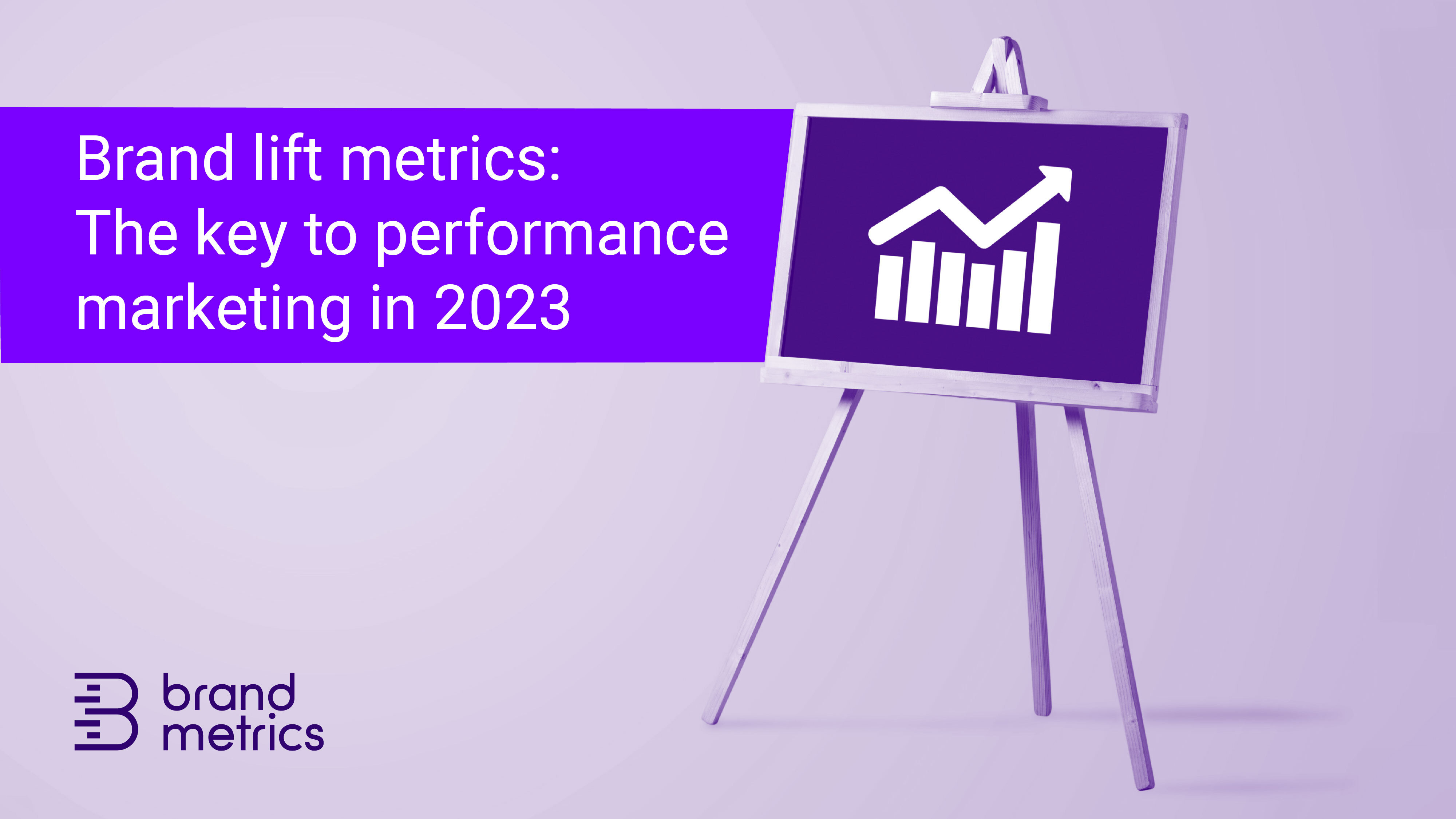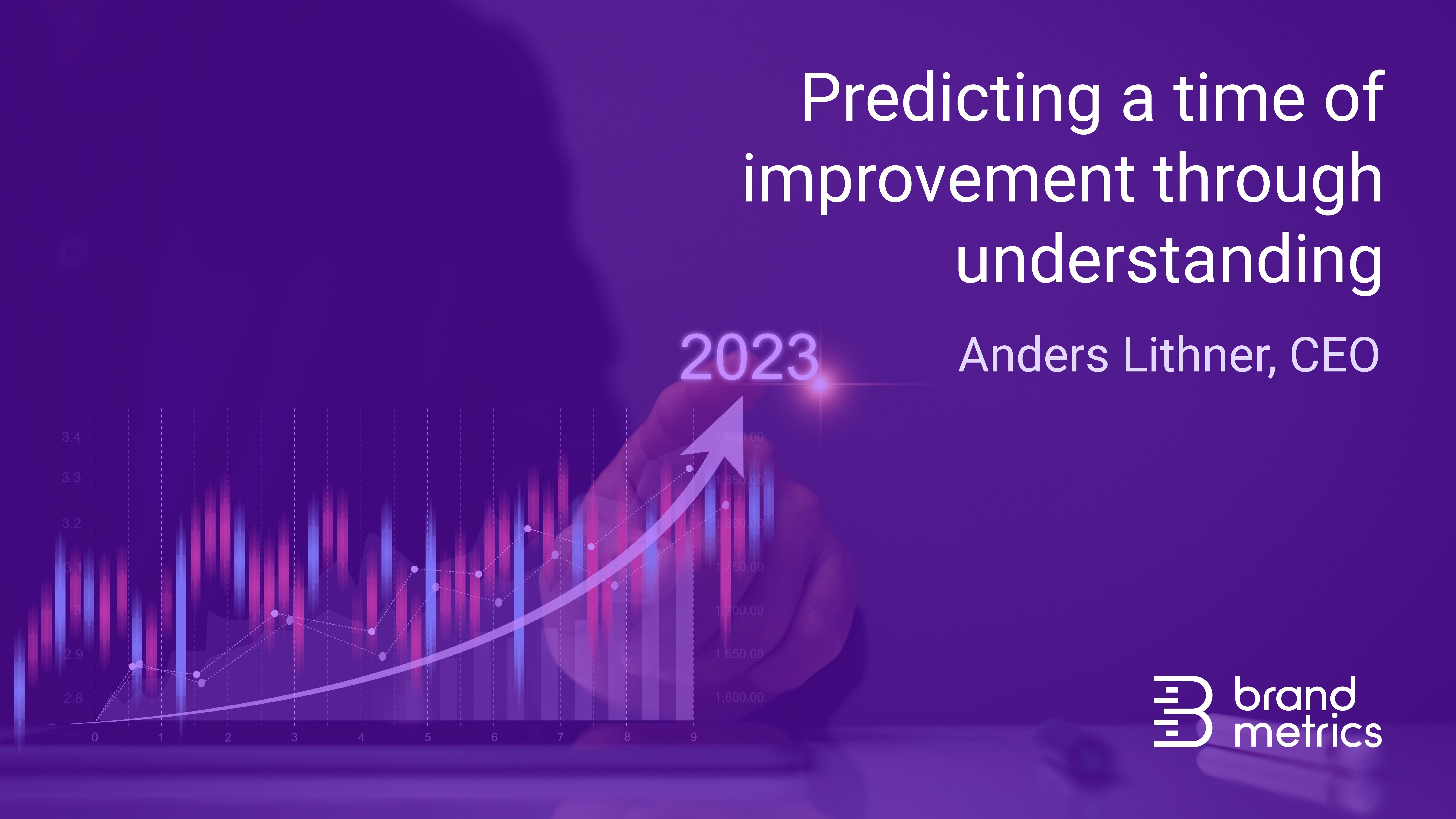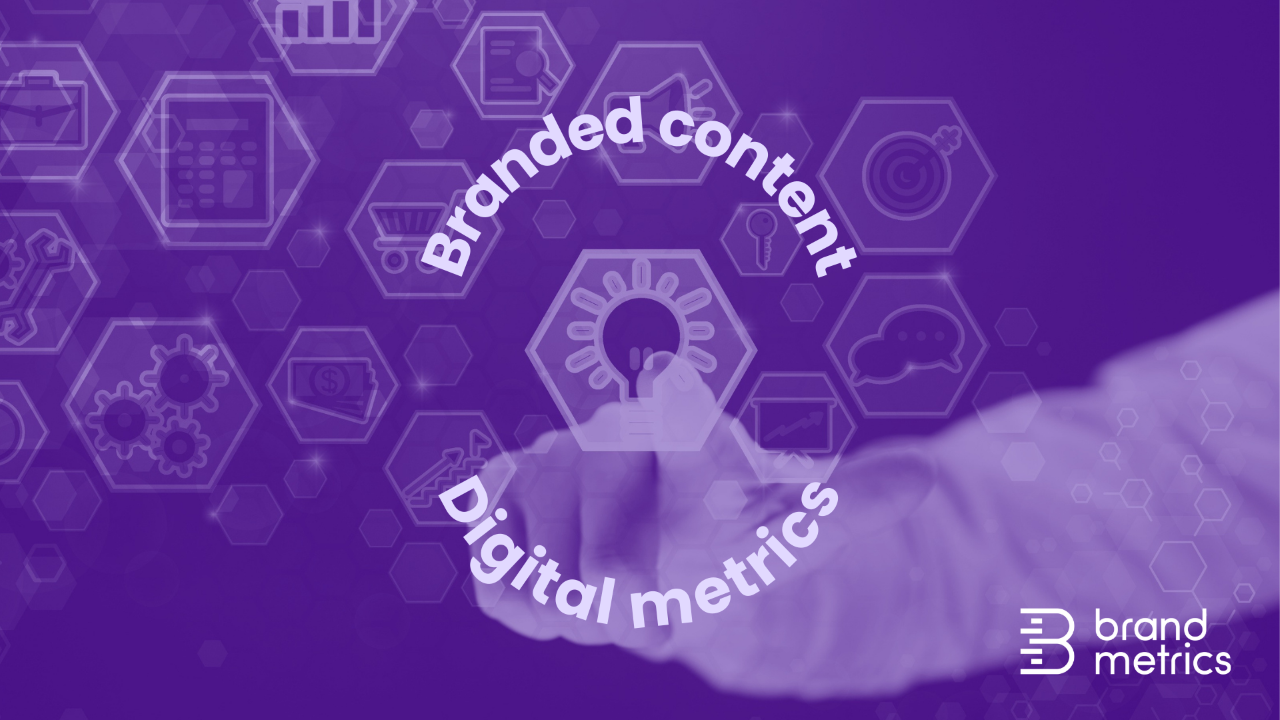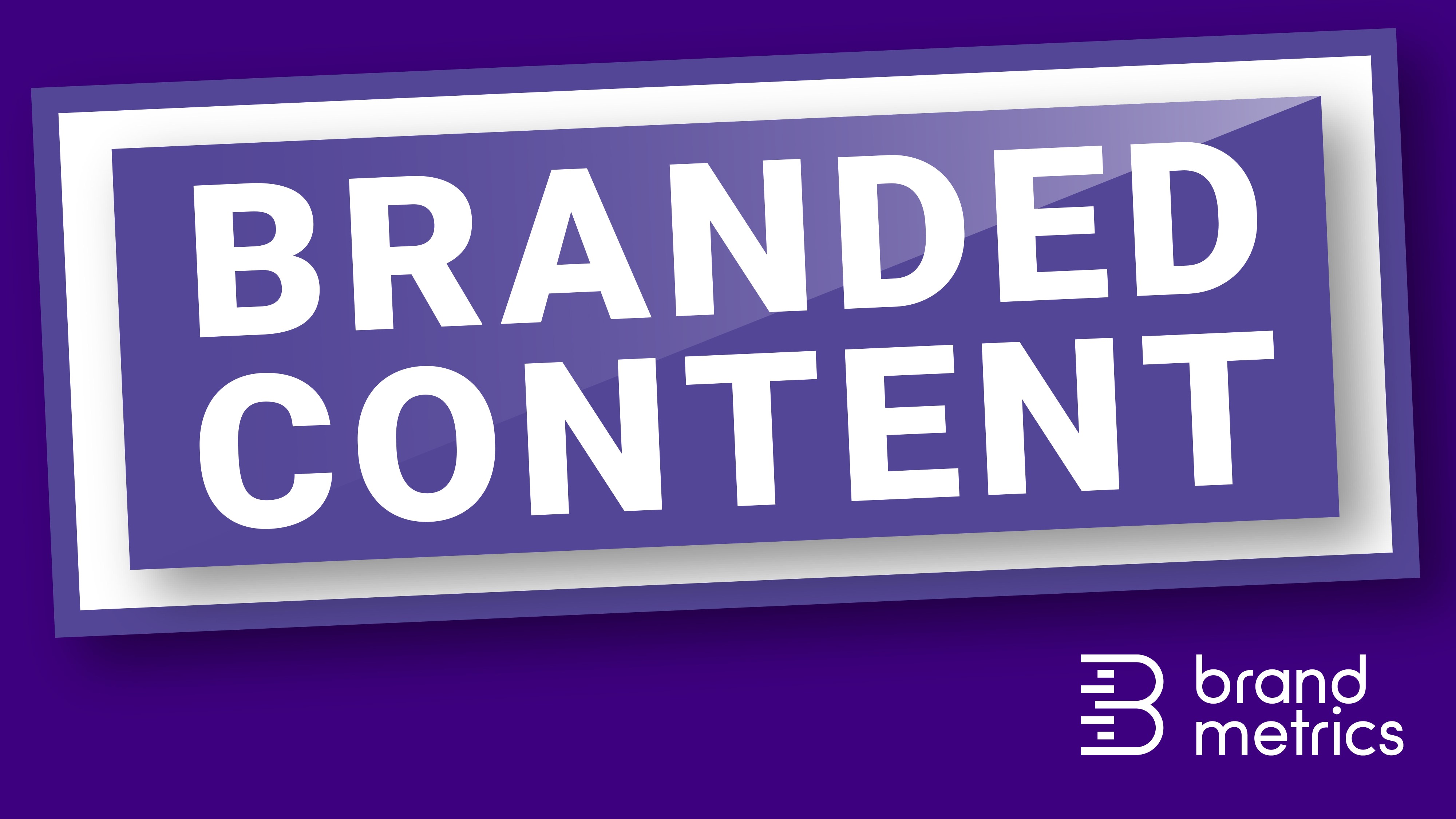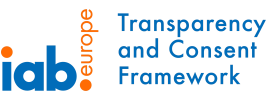Webrepublic Head of Programmatic Damian Chandler on CPMs & Changing Minds with Brand Uplift
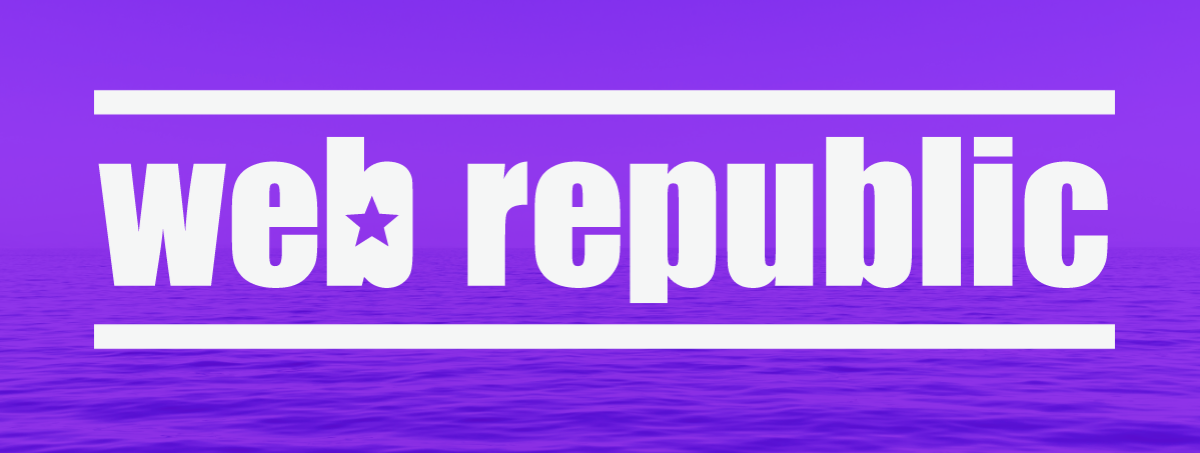
Webrepublic is a leading Swiss agency, founded in 2009. It has around 200 employees working across more than 100 national and international brands. Focussing solely on digital in its first ten years, in December 2020, it announced its expansion into a full service offering, also incorporating ‘classic’ or analogue media buying.
We spoke to Webrepublic’s Head of Programmatic Advertising Damian Chandler about brand uplift, and what holistic measurement in this area might mean for premium publishers:
What main role does digital advertising play in building the brands you are responsible for?
In my role at Webrepublic, I’m in charge of the Programmatic Advertising Unit, covering display, native, audio and video buying.
I believe we’re a bit unusual as a programmatic unit, because our mission was always to focus more on branding and awareness than direct response. Paid search services are covered by another internal specialist team and we’ve always had a good share of campaigns targeting awareness and branding goals.
Naturally, we also made it our mission to educate the Swiss market that programmatic can and should be used for branding and not only performance purposes. For the last 3 to 4 years, overall, I’d say 60-70% of our media spend went into branding activities.
Have you noticed any changes in the balance between direct response and branding campaigns in recent times? If so, what do you feel has been driving this?
I believe due to Covid, the discussion over whether to focus more on branding versus performance has only intensified. In times of crisis, having a strong brand is even more important and respective long-term brand building measures are inevitable - even though short-term activation campaigns might seem more intuitive at first.
That said, I get the feeling that even though traffic numbers generally have skyrocketed in recent months, programmatic is still not considered often enough for such purposes. Swiss publishers still sell most of their inventory through IO, which - as a media buyer that focuses on programmatic - can be challenging.
I see this as a legacy issue, from when programmatic was mostly used to sell ‘remnant’ inventory at very low prices for performance campaigns. By now, most of what can be bought through IO is also available programmatically, be it standard display or video or special high impact formats. Next to general advantages like optimizability and centralization of media buying, it also offers much more flexibility, which is an important asset in uncertain times.
How do you typically measure the effect of your digital campaigns? How has this evolved?
This topic occupies me a lot.
Traditionally, CPM was always the one metric used for branding, but it has strong limitations. Yes, if you optimise towards lower CPMs, you get more impressions, more reach - but that in itself falls short of showing actual impact or campaign success.
Once viewability became measurable, this got a bit of an upgrade, with the viewable CPM. At least we then knew that the impressions we bought were technically viewable – but 50 percent of a creative in view for 1 second, what does that really mean? Ultimately, it’s a binary variable, so it still doesn’t tell us that much.
This is why we as a programmatic unit tried to take things further: we looked to create a better metric to optimise branding campaigns and understand the value of our placements.
What we arrived upon was CPMS (cost per mille seconds or cost per one thousand seconds on screen ) – so we could report and optimise on the number of seconds a specific campaign was viewable on screen. For us, this adds another quality layer to the existing metric.
CPMS = costs / (number of impressions x viewability x average amount of time they are on screen) x 1000.
Therefore, if you minimise the cost metric, you should also maximise time on screen. This had a big impact, firstly, on how we think about formats: we found that vertical formats have greater viewability than horizontal ones - which makes total sense - so we adjusted our focus to employ the former. But it also had an impact on how publishers set their prices: they showed willingness to adapt and lower their prices for horizontal formats.
The assumption is always that more time on screen equals more impact. There’s still a gap between metrics and the actual human effect of ads - consideration, brand uplift, awareness etc. But advances like the CPMS are bringing us one step closer.
What are your views on brand lift measurement? Do you request it on campaigns you are responsible for? Do you often receive it?
Brand lift is one of the things we’re most interested in measuring right now – it can fill the gap described before, with a qualitative response from the user. Therefore, we have established a structured approach to measuring uplift across different campaign goals and platforms and always include them, provided the requirements are met.
“Now you’ve seen the ad, has it changed your opinion?” This is exactly what we want to know, and precisely what we are struggling to learn through traditional campaign metrics.
While we’re getting a lot of benefits from our uplift study approach, we don’t yet have data points from all advertising activities. What’s missing are results from our campaigns on the open web, outside the walled gardens, which Brand Metrics might offer us.
In an ideal world, we would have holistic brand uplift measures across every single ad placement. However, there are political, technical and economic barriers to a solution like that.
What are the main benefits that regularly measuring brand lift provides to brands, to agencies and to publishers
Turning marketing into business value is not only our mission - it is also what brands should look for in their reporting. Fundamentally, if you invest 100,000 in a campaign, what you get in return needs to go beyond just a series of numbers. First, we should be able to tell clients about any shift in attitude towards their brand. And if it’s an awareness campaign, awareness results are obviously what advertisers need back, not more direct response figures.
That’s where brand uplift comes in – with qualitative proof a campaign changed something in the audience’s mind.
Regarding publishers – for us, it will add a lot of additional insight to have brand uplift measurements across premium publishers. Personally, I’m convinced context has a big impact on campaigns – but so far, it’s mainly an assumption. That’s where wider brand lift reporting, across additional inventory could fill in the gaps.
If we had the possibility to show not just CPM, but also clear campaign impact – that would be so important for supporting our media plans, but also for publishers to justify their pricing in the market.
Have you encountered Brand Metrics’ data in your daily work, and/or what is your view on what Brand Metrics is trying to achieve in market (i.e. providing brand lift measurement at scale/as a metric?
We believe that sometimes you need to go beyond just the most commonly used metrics if you want to measure real impact. This is something we really care about as an agency. By now, most Swiss publishers know that we value this type of information.
We have a test campaign running right now with one of the major publishers. If that proves to be a success, we will ask other publishers in the market for the same.

